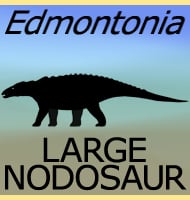Turiasaurus
In Depth Without doubt, Turiasaurus is one of the largest sauropod dinosaurs to ever roam the European continent. Early estimates of Turiasaurus place the potential length of this dinosaur beyond thirty-five meters, though most now consider Turiasaurus to have been around thirty meters long, but still establishing Turiasaurus as one of the biggest. Despite being … Read more
